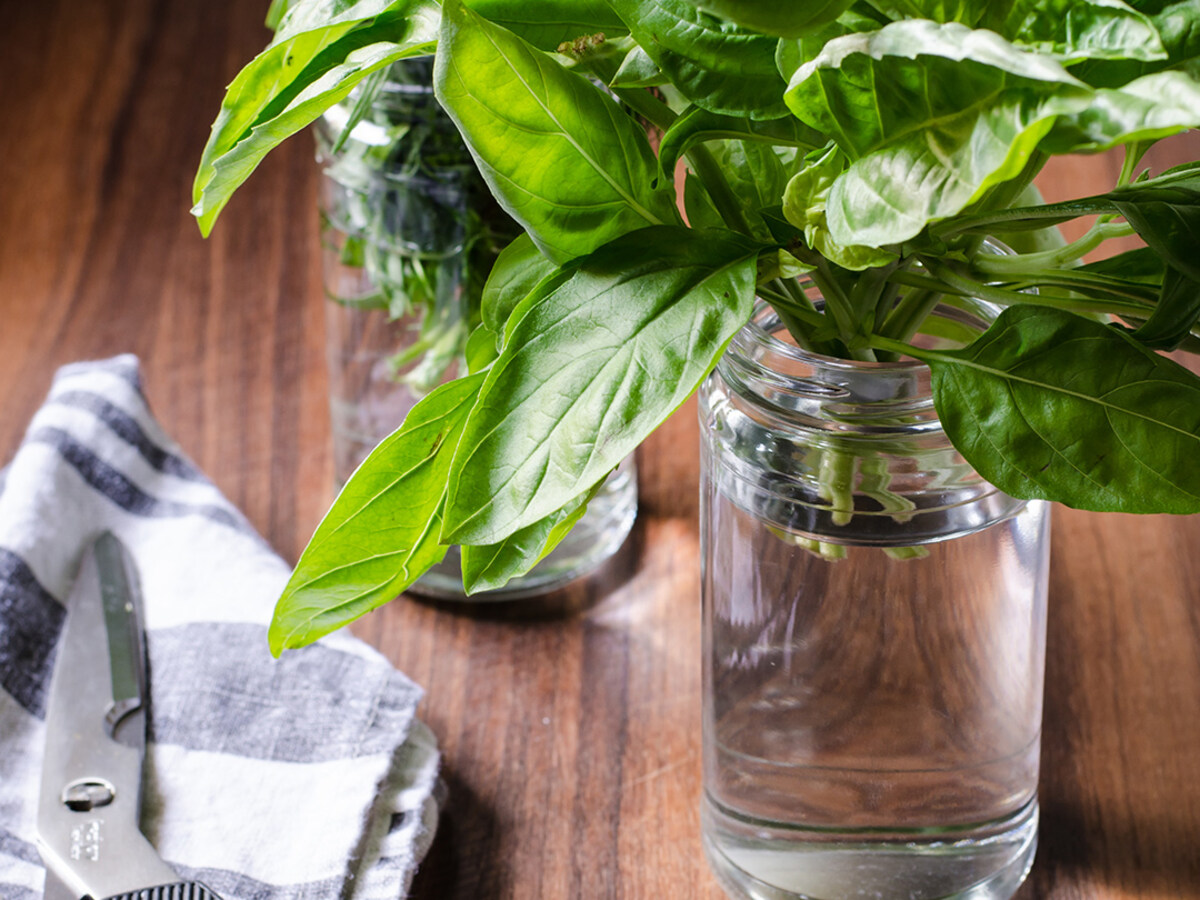

Articles
How To Store Fresh Picked Basil
Modified: December 7, 2023
Learn how to store fresh picked basil with our informative articles. Keep your basil fresh and flavorful for longer with our expert tips and tricks.
(Many of the links in this article redirect to a specific reviewed product. Your purchase of these products through affiliate links helps to generate commission for Storables.com, at no extra cost. Learn more)
Introduction
Welcome to the world of fresh basil! Whether you grow your own basil or purchase it from a local farmer’s market, you know that this fragrant herb can elevate any dish with its vibrant flavor and aroma. However, fresh basil has a relatively short shelf life, and it’s crucial to store it properly to maintain its freshness and maximize its usability.
In this article, we will explore various methods to store freshly picked basil, so you can enjoy its deliciousness for an extended period. From storing basil in water to keeping it in the refrigerator or freezer, we will cover everything you need to know to preserve basil’s flavor and ensure it remains at its best. So, grab your gardening gloves or head to the nearest grocery store, and let’s dive into the world of basil storage!
Key Takeaways:
- Preserve the vibrant flavor and aroma of fresh basil by storing it in water, the refrigerator, or the freezer. Enjoy the convenience of frozen basil in year-round culinary creations, adding a burst of freshness to cooked dishes.
- Extend the shelf life of basil with simple tips like trimming the stems, keeping it dry, and using airtight containers. Embrace the joys of basil all year round, elevating your culinary adventures with its aromatic presence.
Read more: How To Store Fresh Basil And Mint
Choosing and Harvesting Fresh Basil
When it comes to storing basil, the first step is selecting the right leaves. Look for fresh basil with vibrant green color and firm leaves. Avoid any basil that appears wilted, discolored, or has black spots, as these are signs of deterioration. The fresher the basil, the longer it will last in storage.
When harvesting basil, it’s important to do it correctly to ensure the plant continues to thrive. Start by identifying the main stem of the basil plant. Using a sharp pair of scissors or garden shears, cut the stem just above the set of leaves, leaving a small portion of the stem intact. This method, known as pinching, encourages the plant to grow bushier.
Remember to only harvest what you need at the time. Avoid harvesting more basil than you can use, as excess basil may go to waste if it’s not stored properly. If you have an abundance of basil, consider sharing it with friends, neighbors, or utilizing it in various recipes!
Once you have harvested your fresh basil, it’s time to prepare it for storage. Let’s explore the different methods to store basil, so you can enjoy the fresh flavors of this aromatic herb for an extended period of time.
Preparing Basil for Storage
Before storing fresh basil, it’s essential to prepare it properly to prevent wilting and ensure its longevity. The first step in preparing basil for storage is to gently remove any dirt, pests, or damaged leaves from the bunch. Rinse the basil under cool water and pat it dry with a clean towel or paper towel. Be gentle during this process to avoid bruising the delicate leaves.
After washing and drying, you have a choice to either store the basil leaves whole or chop them before storing. Whole leaves retain their flavor and aroma better, but if you prefer convenience, chopping the basil into smaller pieces is a viable option.
Once you have decided on the form of basil you prefer, it’s time to move on to the storage methods. Below, we will discuss three popular methods for storing fresh basil: storing it in water, in the refrigerator, and in the freezer. Choose the method that best suits your needs and taste preferences.
Storing Fresh Basil in Water
Storing fresh basil in water is a simple and effective method to keep it fresh for an extended period. This method allows the basil to continue absorbing water and stay hydrated, keeping the leaves plump and preventing them from wilting.
To get started, fill a glass or a jar with about an inch of fresh water. You can also use a container with a lid or cover the top of the glass with a plastic bag to create a greenhouse effect that maintains humidity. Remove any lower leaves that may touch the water as they can rot and contaminate the basil.
Place the basil stems into the water, ensuring that only the stems are submerged and the leaves remain above the water. Then, find a cool spot out of direct sunlight and keep the basil at room temperature. Change the water every two to three days to prevent the buildup of bacteria and maintain freshness.
Storing basil in water can keep it fresh for up to a week or even longer, depending on the quality of the basil and the care taken in changing the water. This method is also an excellent way to enjoy the aroma of fresh basil in your kitchen.
Remember, though, that storing basil in water is a short-term solution and is best suited for immediate use. If you have excess basil or want to store it for an extended period, you may consider other storage methods, such as refrigeration or freezing.
Storing Fresh Basil in the Refrigerator
If you’re looking to store fresh basil for a slightly longer period, the refrigerator is your ally. By utilizing the cool and controlled environment of the fridge, you can effectively extend the shelf life of your basil.
To store fresh basil in the refrigerator, start by gently wrapping the basil in a slightly damp paper towel or place it in a dampened perforated plastic bag. The moisture helps to maintain the herb’s freshness while allowing for proper airflow. Place the wrapped or bagged basil in the vegetable drawer of your refrigerator, which provides a cooler and more humid environment.
It’s crucial to check the basil regularly and remove any leaves that may have started to wilt or discolor. Doing so helps prevent the spread of decay and maintains the quality of the remaining leaves. If possible, try to use the basil within a week, as the leaves may start to lose their vibrant color and flavor over time.
While storing basil in the refrigerator can keep it fresh for a longer duration compared to storing it in water, it’s important to note that refrigeration can affect the texture of the leaves. The cold temperature may cause some slight browning or darkening of the leaves, but the flavor should still be intact.
To maximize the lifespan of stored basil, refrain from washing the leaves before refrigeration, as additional moisture can accelerate spoilage. Instead, wash the basil just before using it in your recipes to avoid unnecessary moisture content.
Now that you know how to store fresh basil in the refrigerator, you can enjoy the flavors of this aromatic herb for an extended period, making it a convenient option for those who like to have basil readily available for their culinary endeavors.
After picking basil, trim the stems and place in a glass of water, like a bouquet. Store at room temperature away from direct sunlight for up to a week.
Read more: How To Store Fresh Basil In The Freezer
Storing Fresh Basil in the Freezer
If you want to store fresh basil for an extended period, freezing is an excellent option. Freezing basil helps to preserve its flavors and aromas, allowing you to enjoy the taste of summer even during the colder months.
To freeze fresh basil, there are a couple of methods you can choose from. One popular method is blanching the basil before freezing it. Start by boiling a pot of water and preparing a bowl of ice water. Plunge the basil leaves into the boiling water for about 5 seconds, then quickly transfer them to the ice water to halt the cooking process. Pat the blanched leaves dry and pack them into a freezer-safe container or bag, removing as much air as possible before sealing. Label the container with the date and place it in the freezer.
Another method is to freeze fresh basil leaves without blanching. Simply wash and dry the basil leaves thoroughly, then spread them out in a single layer on a baking sheet lined with parchment paper. Place the baking sheet in the freezer and let the basil freeze for a few hours. Once the leaves are frozen, transfer them into a freezer-safe container or bag, ensuring to remove excess air, and store them in the freezer.
Regardless of the method you choose, it’s important to note that frozen basil leaves may darken slightly in color but will retain their flavor. Frozen basil is perfect for adding to soups, stews, sauces, and other cooked dishes. However, it may not maintain its texture and appearance if used as a garnish or in uncooked dishes like salads.
When you’re ready to use frozen basil, remove the desired amount from the freezer and chop or crumble it while still frozen. Use it directly in your recipes without thawing, as thawing may cause the leaves to become limp and lose their texture. Frozen basil should be used within six months for the best quality.
Freezing fresh basil gives you the flexibility to enjoy this flavorful herb all year round, making it a convenient option for preserving your abundant basil harvest or saving store-bought basil before it goes bad.
Using Frozen Basil in Cooking
Frozen basil can be a fantastic addition to your culinary creations, even though its texture may change upon freezing. When used in cooked dishes, the flavors of frozen basil blend seamlessly, providing a burst of freshness to your recipes.
When cooking with frozen basil, there’s no need to thaw it beforehand. Simply take out the desired amount of frozen basil from the freezer and add it directly to the recipe. The heat from your dish will quickly thaw the basil, allowing it to distribute evenly.
Frozen basil works exceptionally well in dishes that require heat to release flavor, such as soups, stews, sauces, and casseroles. It can be added at any stage of the cooking process, whether at the beginning for a robust flavor or near the end for a fresher note.
You can also incorporate frozen basil into your homemade pasta sauces, pesto, and marinades. Just remember to adjust the amount based on your personal preference and the intensity of flavor you desire.
If you’re making homemade pizza or bread, sprinkle some frozen basil on top before baking. The heat of the oven will melt the basil and infuse your dough with a delightful aroma and taste. Similarly, frozen basil can be added to omelets, frittatas, and quiches, giving your breakfast dishes an herbaceous punch.
When using frozen basil in uncooked dishes like salads or bruschetta, it’s best to thaw it first. Simply remove the desired amount from the freezer, place it in a bowl, and let it thaw at room temperature. Once thawed, pat the basil dry with a paper towel to remove excess moisture before incorporating it into your dish.
Remember, frozen basil may have a slightly altered texture compared to fresh basil, but its flavor remains intact. Experiment with different recipes and find creative ways to use frozen basil to enhance the taste of your favorite dishes throughout the year.
Tips for Prolonging Basil’s Freshness
While storing basil using various methods can extend its shelf life, there are additional tips you can follow to further prolong its freshness. These simple practices can help you maximize the lifespan of your basil and ensure it remains flavorful and vibrant:
- Trim the stems: Before storing basil, it’s a good idea to trim the ends of the stems. This allows the basil to absorb water more efficiently, keeping it hydrated and fresher for longer.
- Keep it dry: Moisture is the enemy when it comes to maintaining freshness. Make sure the basil leaves are completely dry before storing. Excess moisture can lead to mold or decay, reducing the quality of the basil.
- Avoid crushing or bruising: Basil leaves are delicate and can bruise easily. Handle the leaves with care, avoiding crushing or bruising them, as this can accelerate spoilage.
- Store in an airtight container: Whether you choose to store basil in water, in the refrigerator, or in the freezer, using an airtight container or bag helps to maintain freshness by reducing exposure to air and moisture.
- Use a cold storage area: If possible, store your basil in the coolest part of your refrigerator or freezer. Lower temperatures can help slow down the degradation process and preserve the freshness of the basil.
- Avoid overcrowding: Whether you’re storing basil in water or in the refrigerator, it’s important not to overcrowd the container. Overcrowding can lead to increased moisture and limited airflow, promoting spoilage.
- Label and date your storage containers: To keep track of the freshness and avoid wasting basil, make sure to label your storage containers with the date you stored the basil. This will help you prioritize and use the older basil first.
- Inspect regularly: Check your stored basil regularly for any signs of wilting, discoloration, or decay. Remove any affected leaves promptly to prevent spoilage from spreading to the rest of the basil.
- Freshen up before use: When you’re ready to use the stored basil, give it a quick rinse and gently pat it dry with a paper towel before incorporating it into your recipes. This helps remove any dirt or excess moisture that may have accumulated during storage.
By following these tips, you can extend the lifespan of your basil and enjoy its freshness for as long as possible. Whether you’re using basil for culinary purposes or simply love the aroma it brings to your kitchen, these practices will help maximize the quality and flavor of your beloved herb!
Conclusion
Storing fresh basil properly is essential to preserve its flavor, aroma, and vibrant green color. By utilizing the right storage methods, you can extend the shelf life of your basil and enjoy its deliciousness long after it has been picked.
We explored various storage methods, including storing basil in water, in the refrigerator, and in the freezer. Storing basil in water keeps it hydrated and fresh for a short duration, making it ideal for immediate use. Refrigeration provides a cool and controlled environment, prolonging the basil’s freshness for up to a week. Freezing basil allows for long-term storage, giving you access to the flavors of summer even during the colder months.
Additionally, we discussed how to use frozen basil in cooking, highlighting its versatility and ability to enhance various dishes. Despite slight changes in texture, frozen basil retains its flavor and can be incorporated into cooked dishes with ease. Whether you’re making soups, sauces, casseroles, or even baked goods, frozen basil adds a delightful burst of freshness.
To further prolong the freshness of basil, we provided valuable tips, including trimming the stems, keeping the basil dry, and using airtight containers. By following these practices and inspecting the basil regularly, you can ensure its quality and maximize its storage lifespan.
So, whether you have an abundance of homegrown basil or have purchased a large bundle from the market, you now have the knowledge and tools to store and preserve this aromatic herb. From adding a sprig of fresh basil to your favorite pasta sauce to enjoying the convenience of frozen basil in your soups and stews, fresh basil can elevate your culinary creations to new heights.
Embrace the flavors and aromas of basil all year round, and let your culinary adventures continue with the help of these storage methods and tips. Happy cooking and savoring the joys of basil!
Frequently Asked Questions about How To Store Fresh Picked Basil
Was this page helpful?
At Storables.com, we guarantee accurate and reliable information. Our content, validated by Expert Board Contributors, is crafted following stringent Editorial Policies. We're committed to providing you with well-researched, expert-backed insights for all your informational needs.
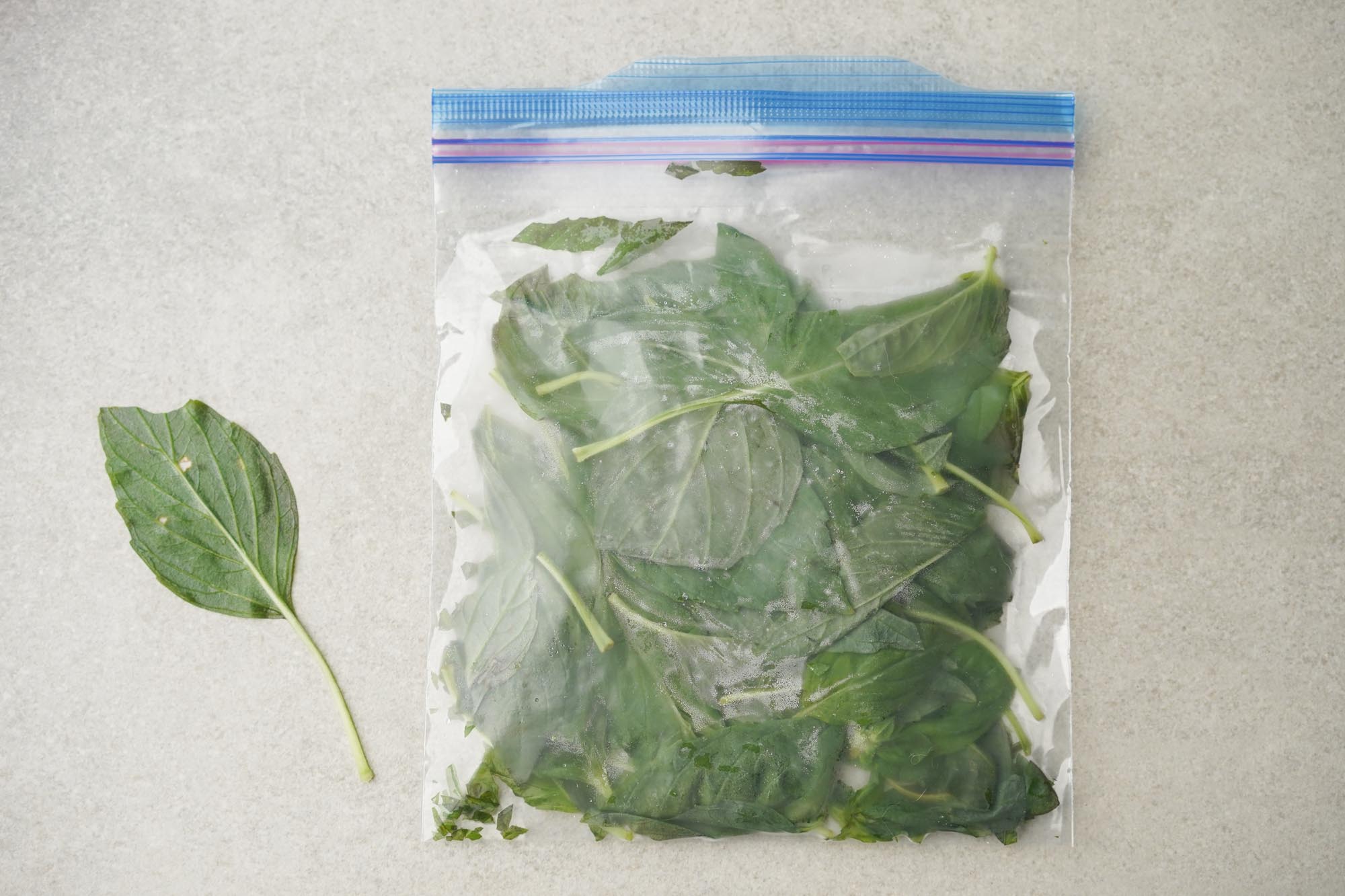
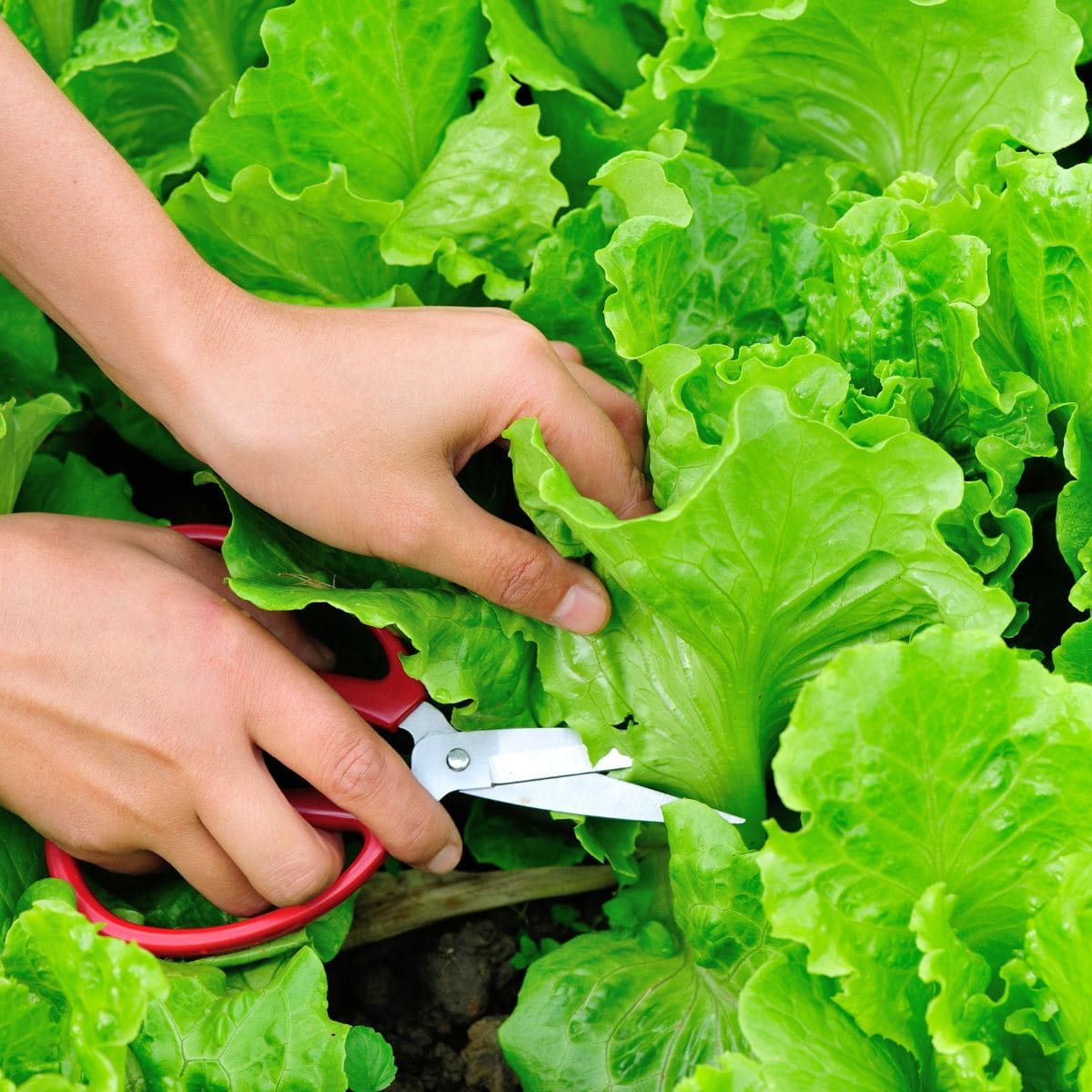
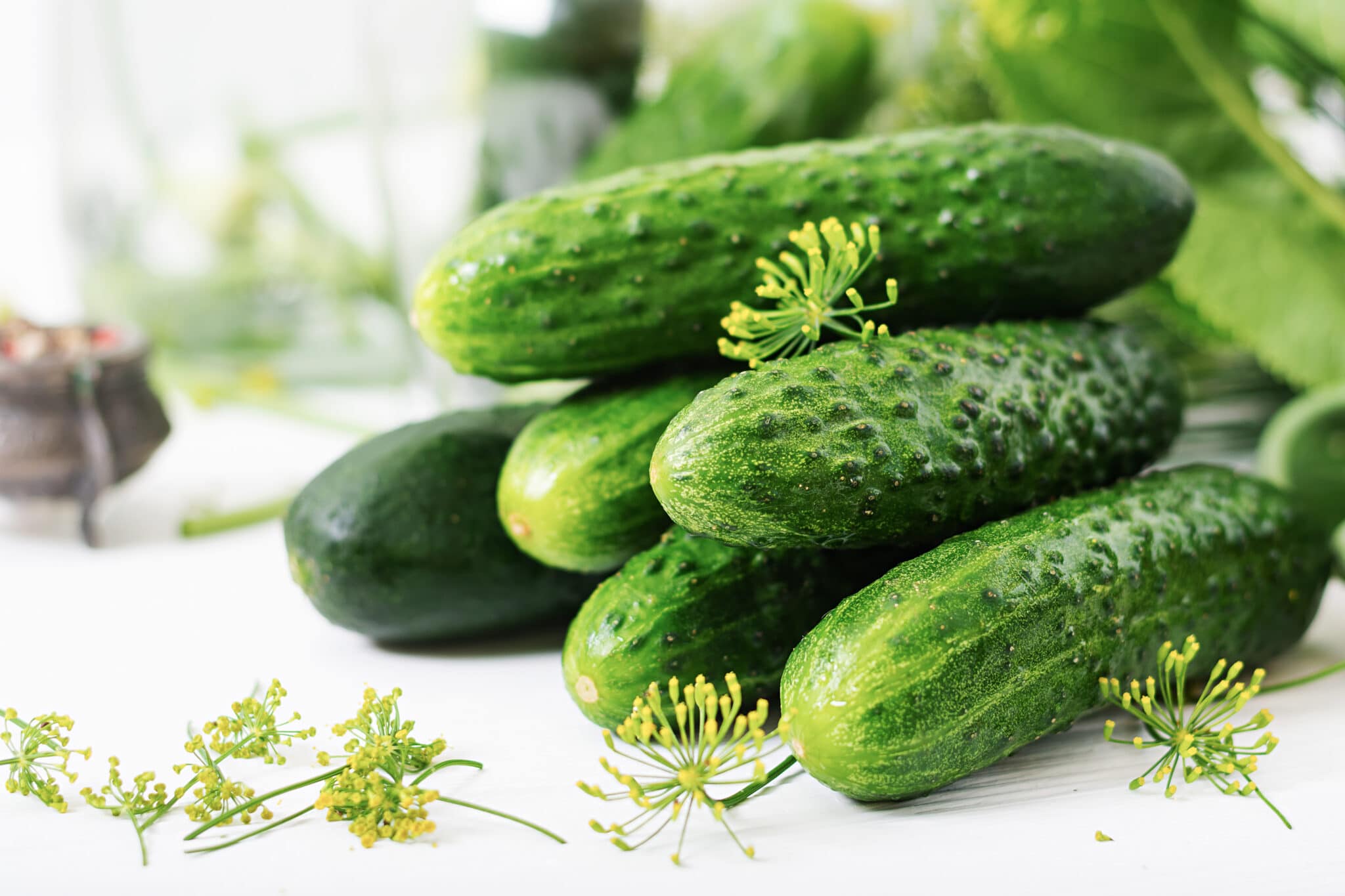
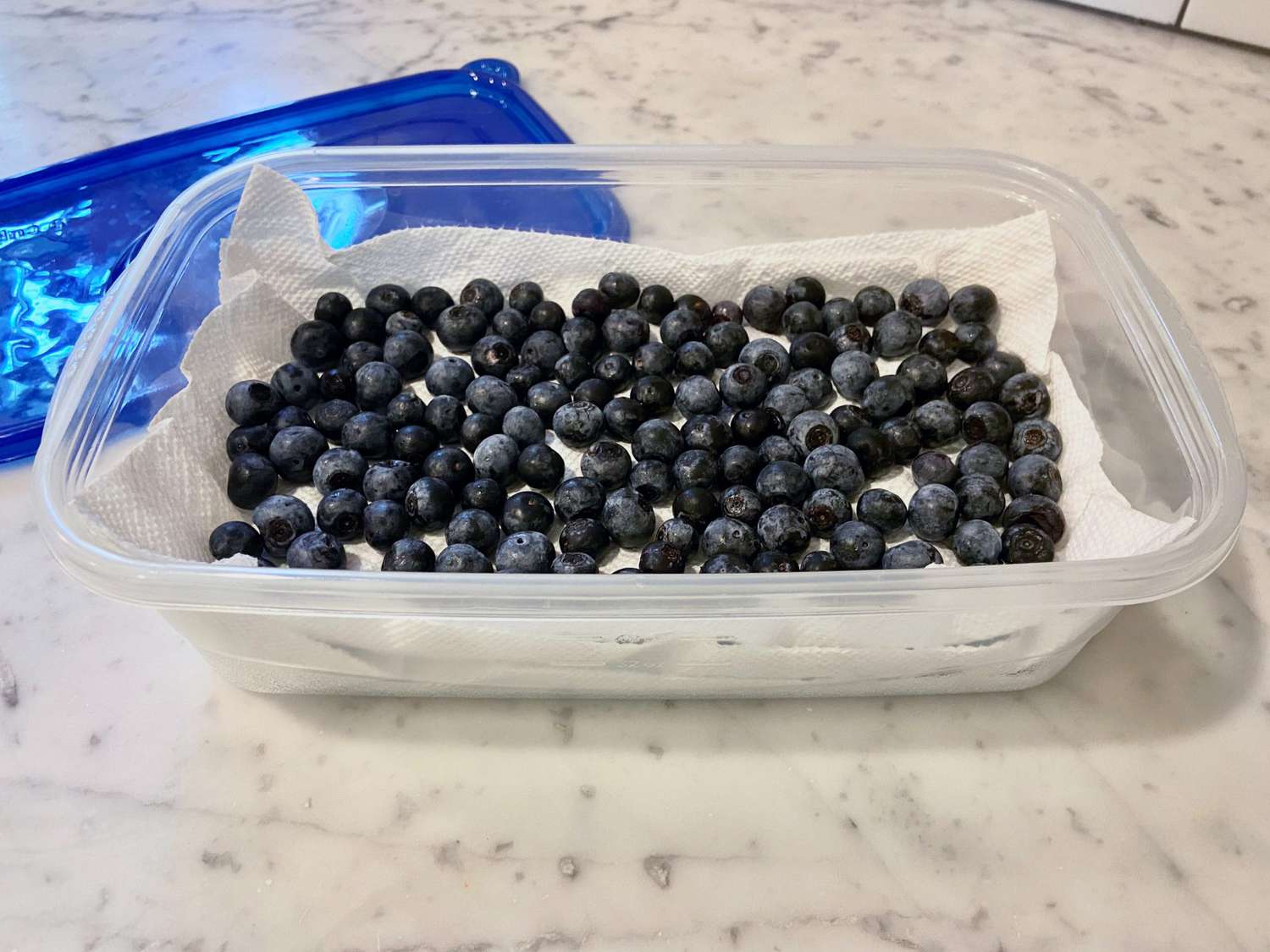
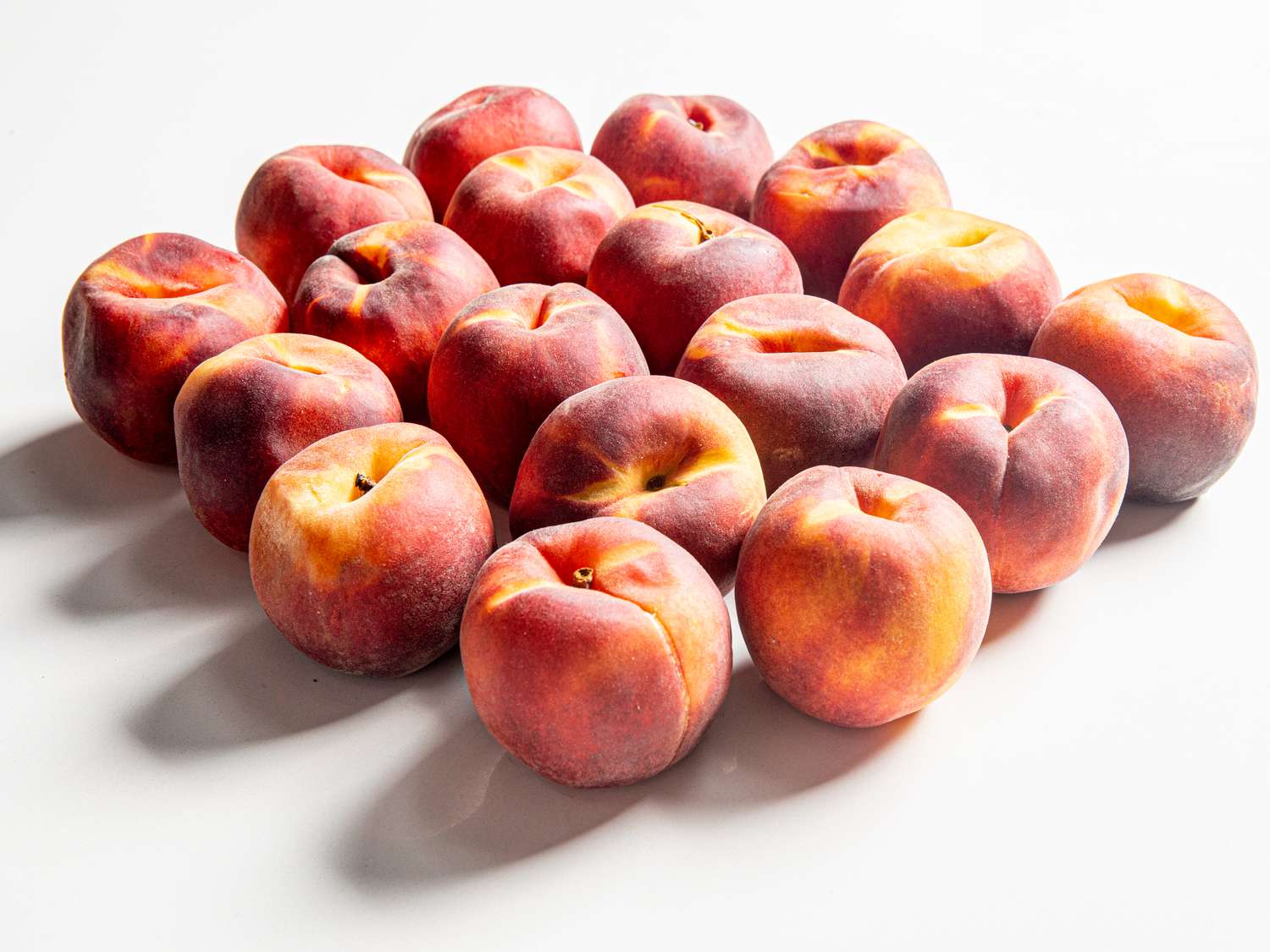
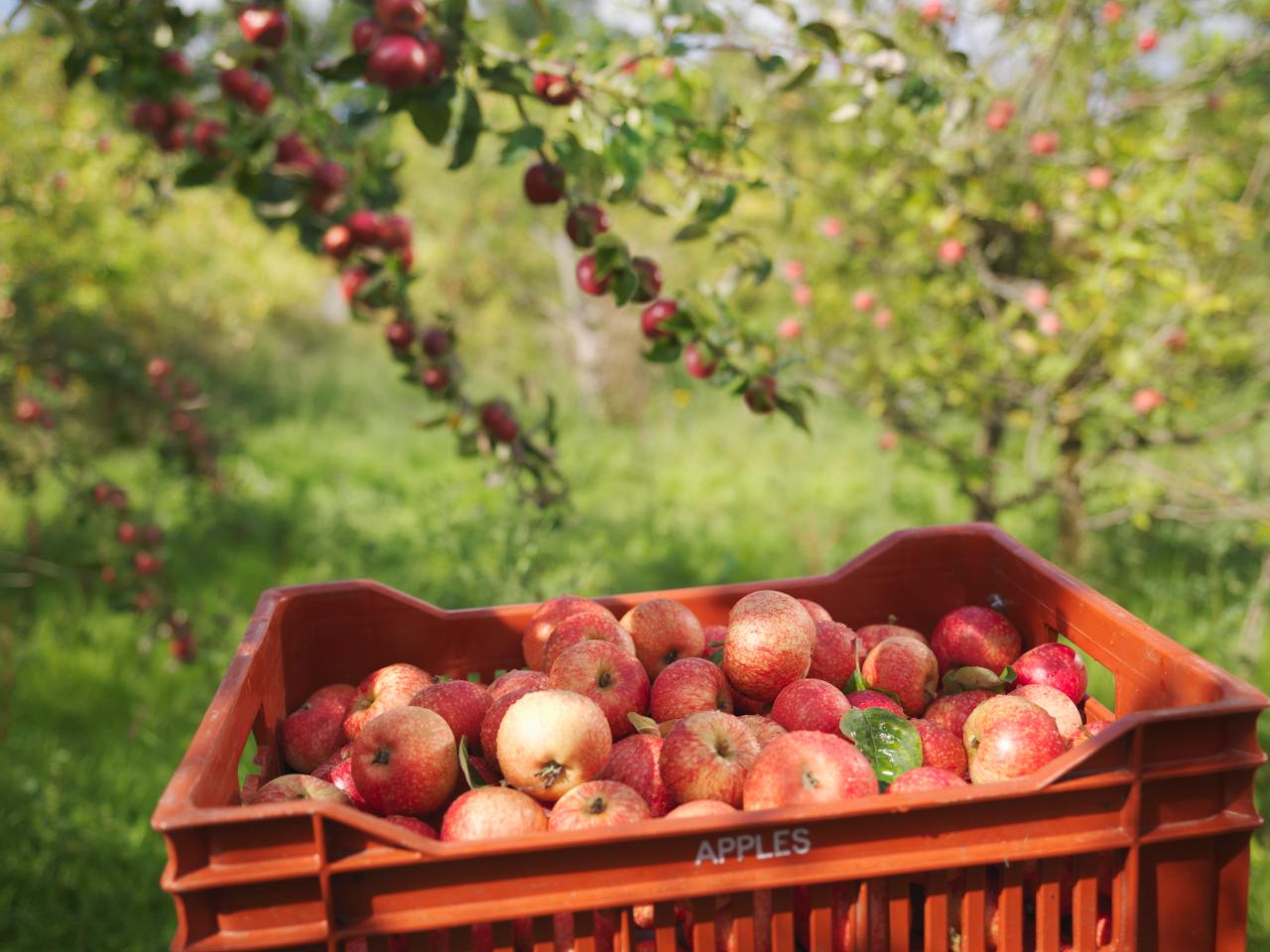
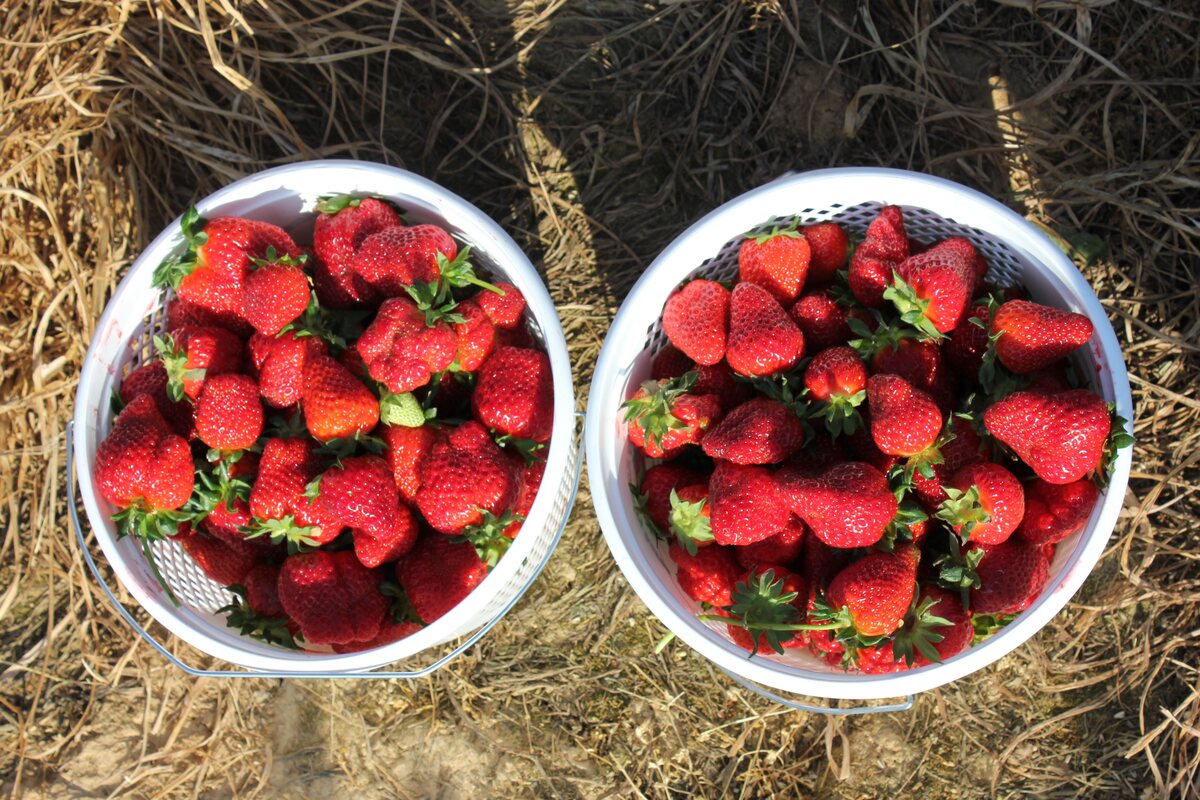

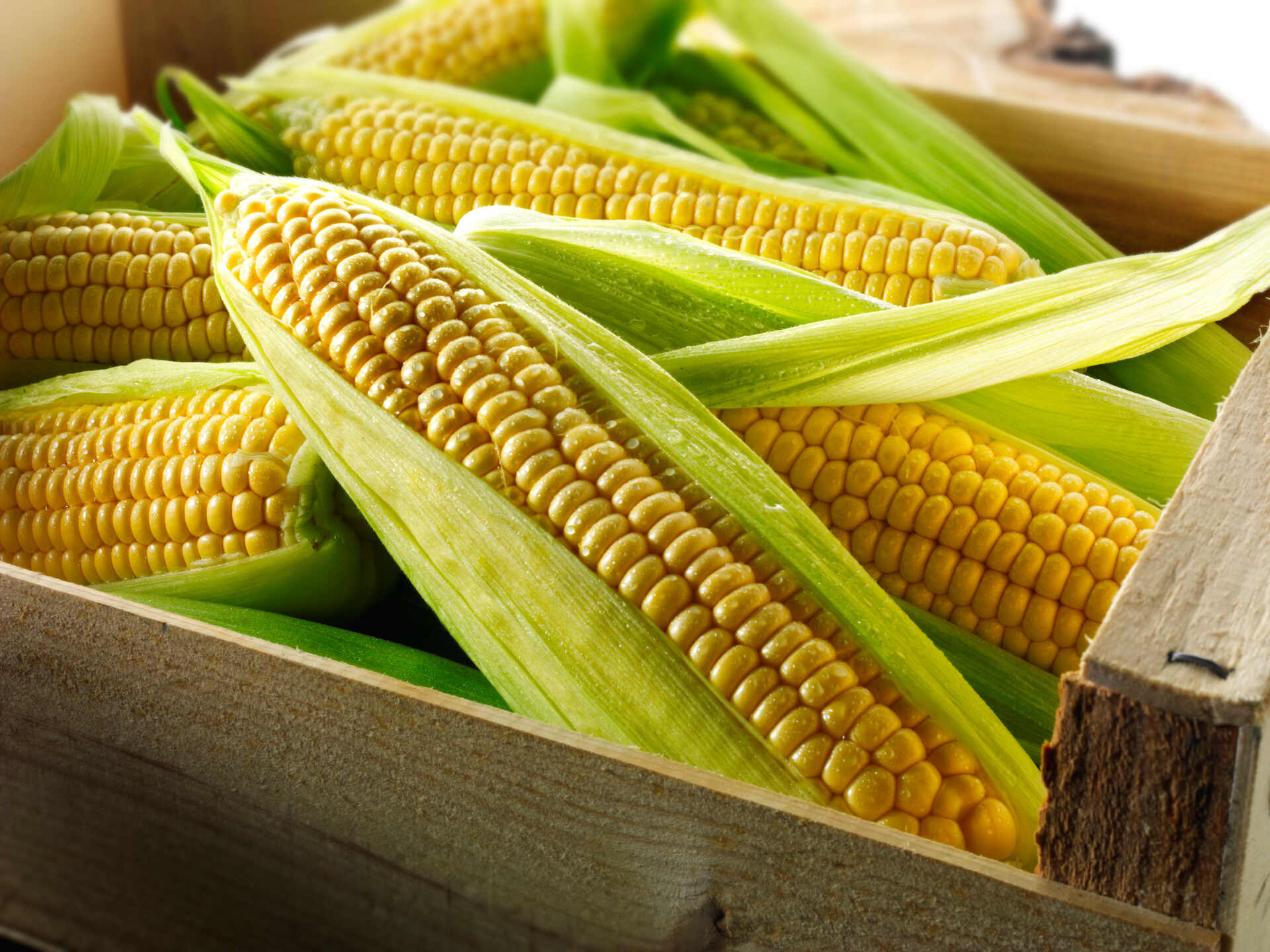
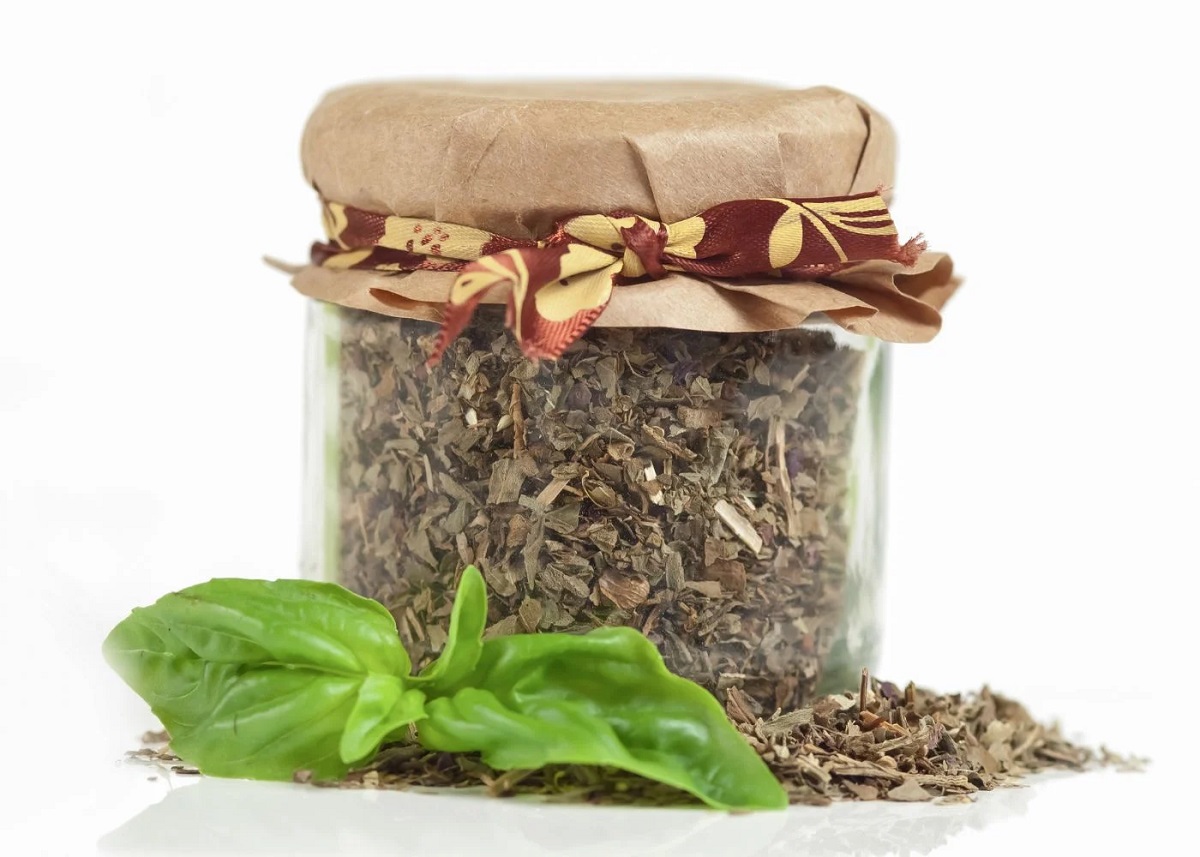
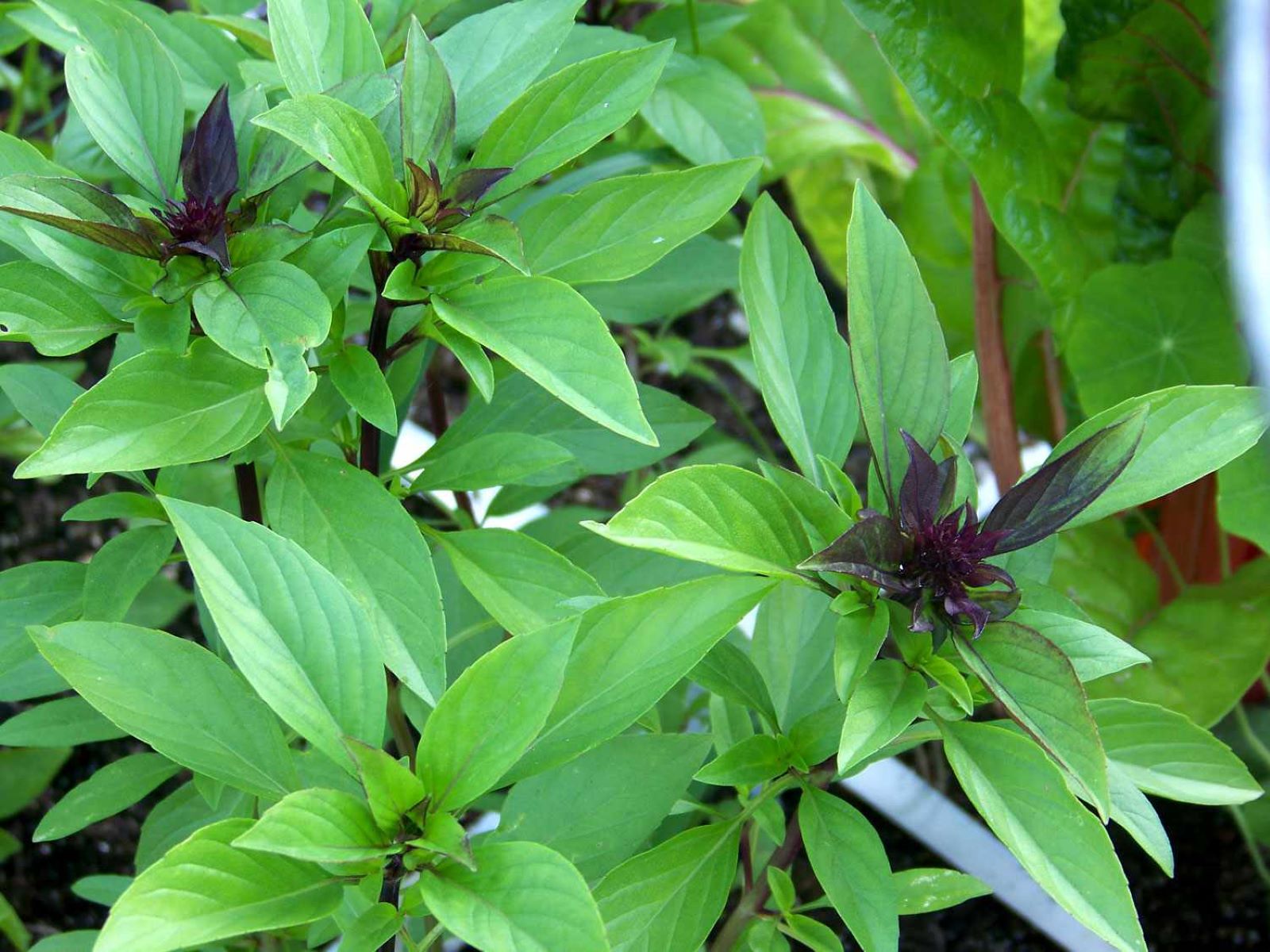
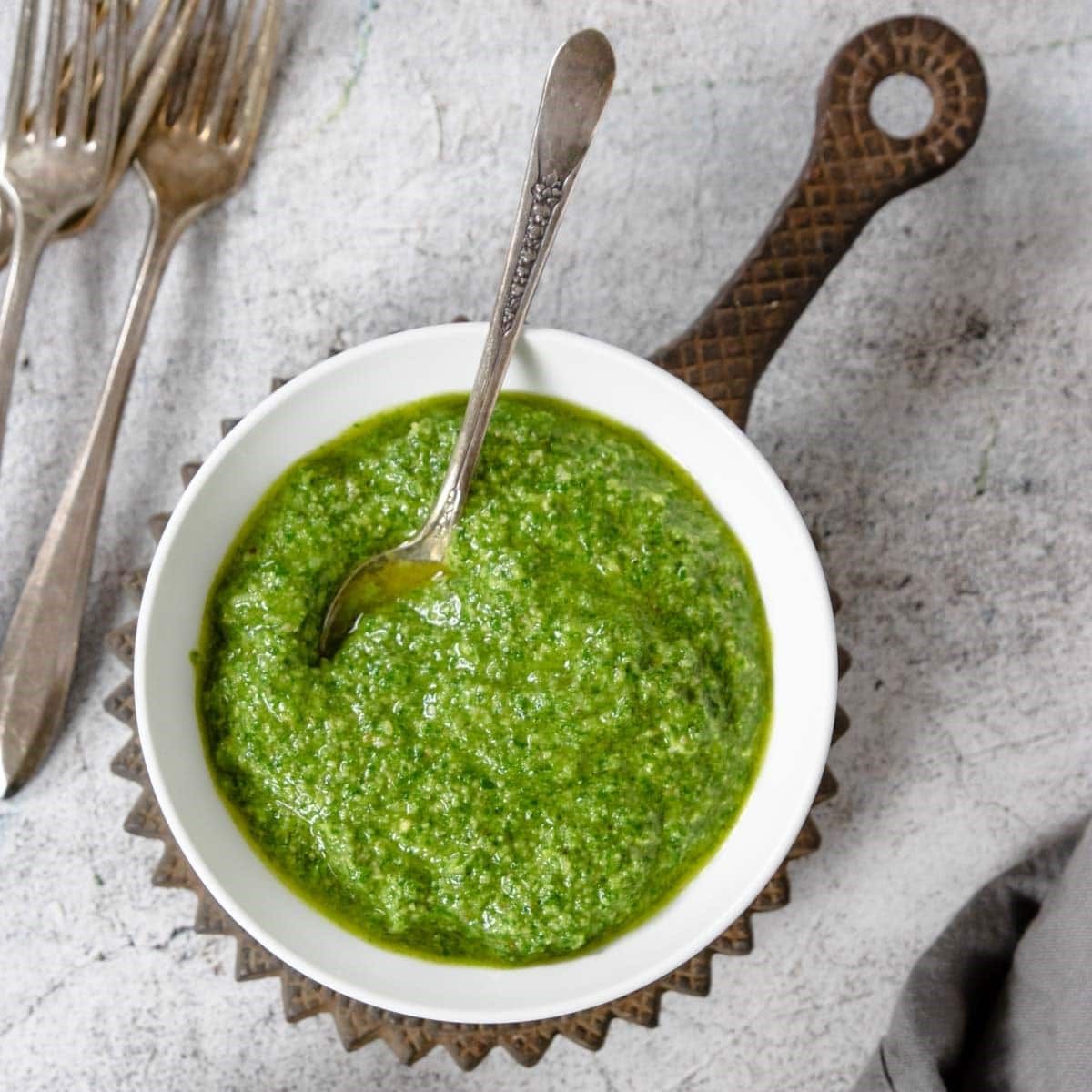
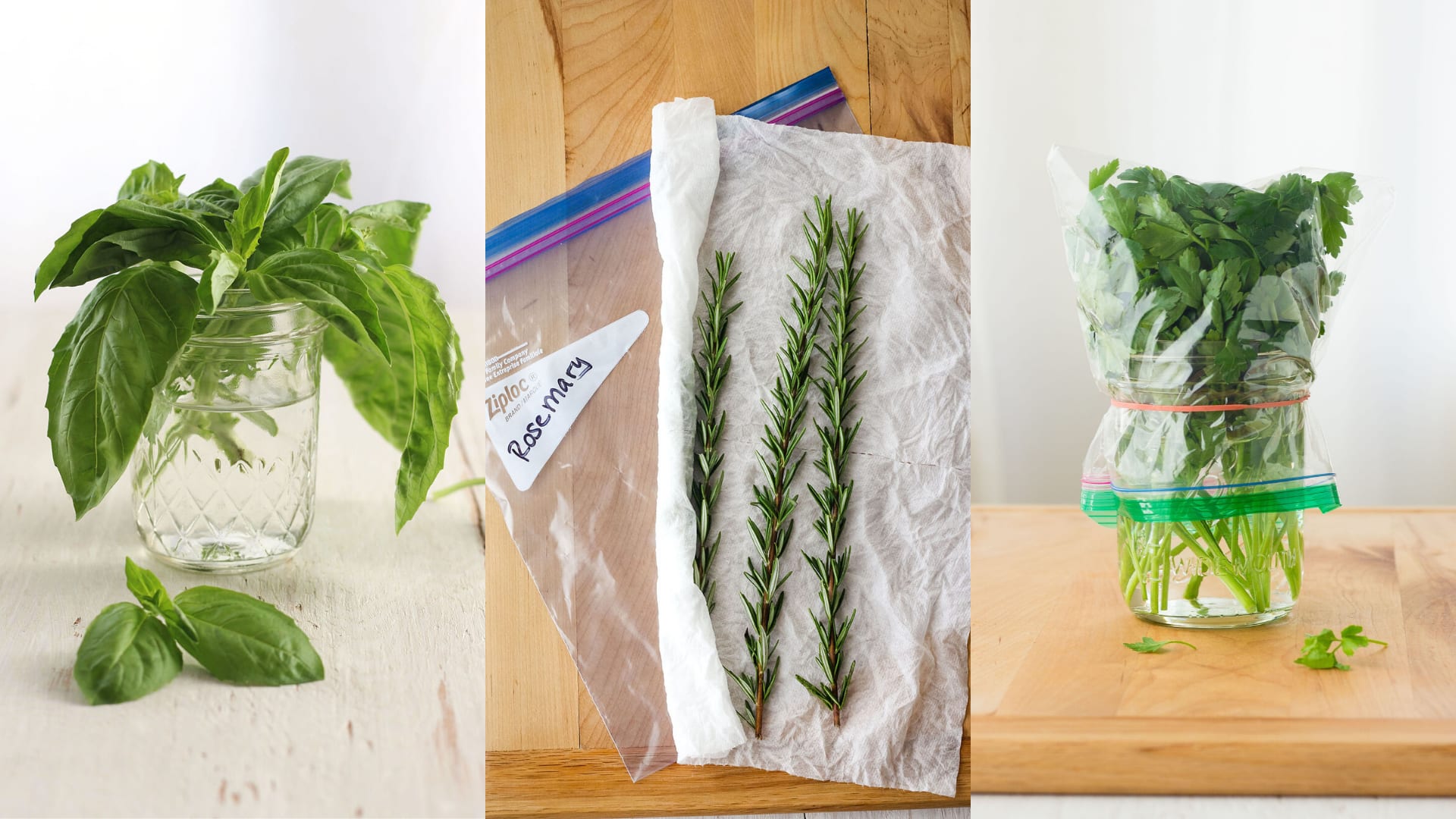
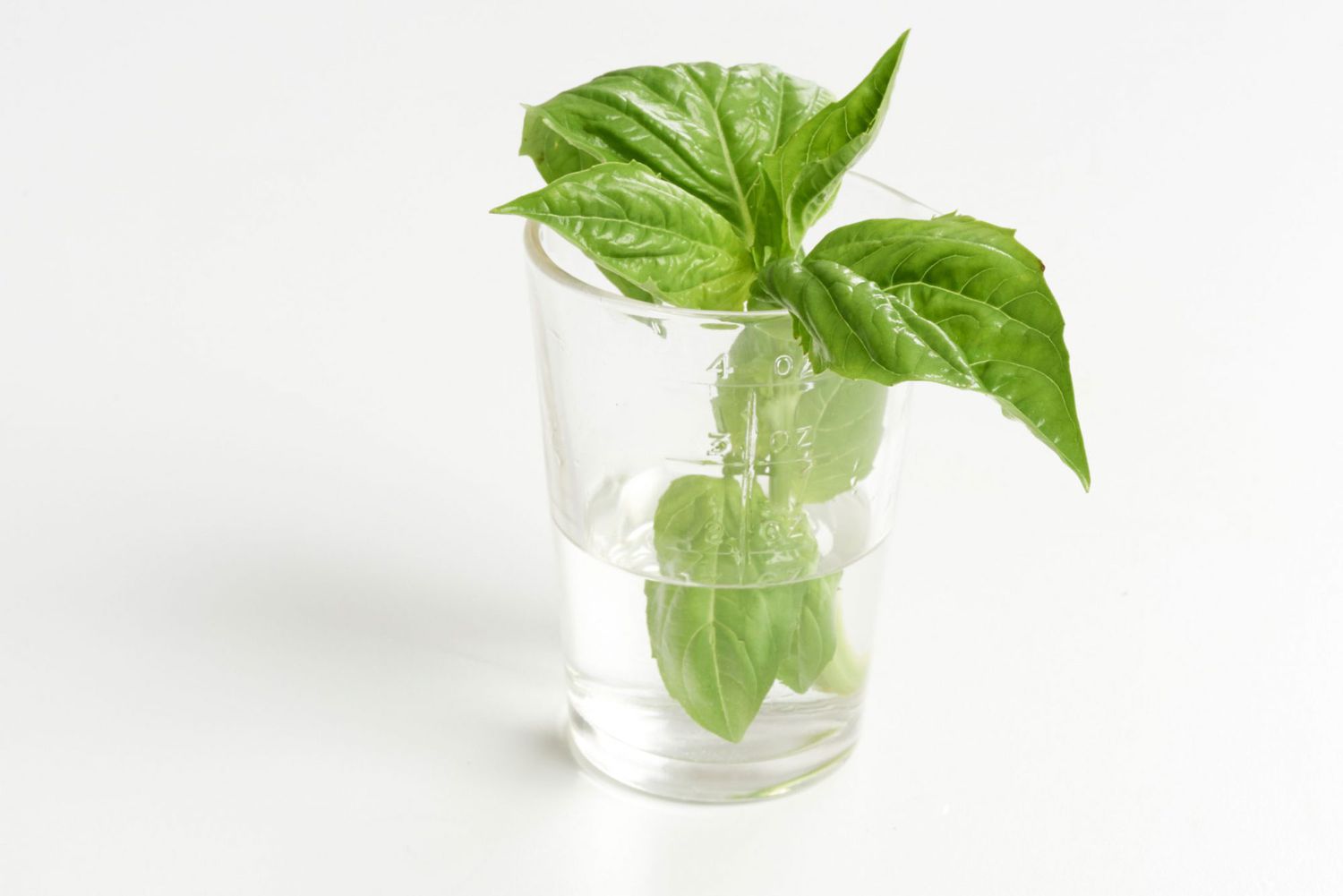

0 thoughts on “How To Store Fresh Picked Basil”